Drive-Thru Distribution Success Stories
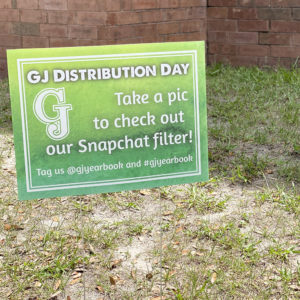
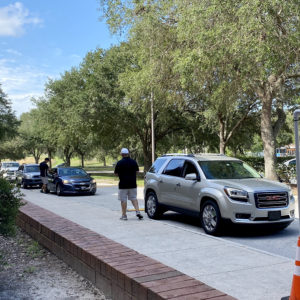
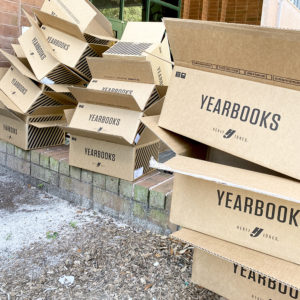
Jessica Salas // George Jenkins HS, Lakeland, FL
Get staffers involved in promotion:
The drive-thru distribution was truly a different way to distribute books. I was extremely nervous about how it would work and also upset that my staff wouldn’t be able to be involved (district policy), so I had to come up with a way to still have them involved and yet adhere to CDC guidelines. I had each yearbook member come up with a way to promote the new yearbook distribution method and chose the ideas that I thought were feasible. The first step was to start promoting yearbook distribution day once we knew that the books were shipped, so two weeks before, I had each member start posting the date and times on their social media and then again a week before. My staffers received their books about three days before the rest of the school, so I posted pictures of my seniors with their senior gifts and books to help promote the book and hopefully get the school excited, while also using the chance to thank the seniors for all of their hard work the past four years.
Make plenty of signs and banners:
We planned for distribution day to be divided between classes. Juniors and seniors were from 8:30-10, and then sophomores and freshman were from 10-11:30. One of the ideas from a staff member was to have a banner made for the seniors. I had a large banner made that congratulated the seniors, thanked them for buying a book, and listed each of their names. The seniors seemed to enjoy it as I saw them taking pictures of the banner from their cars.
Add fun with DIY Snapchat filters:
We created a Snapchat filter that was active once the students drove on campus, and they were able to use it while in line to get their books. I had yard signs made that I posted along the drive-thru route that told them about the Snapchat filter. The filter was created by one of my students and was fun for the students. This is something that I will do again.
A final thought:
Overall, this method of distributing books was a hit. At a normal distribution day party, I usually distribute about 50 to 60 percent of the books. But with this new method, I distributed about 90 percent of the books.
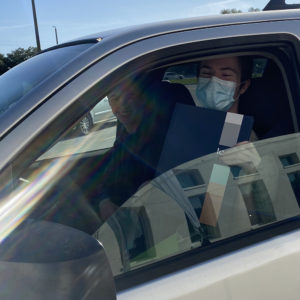
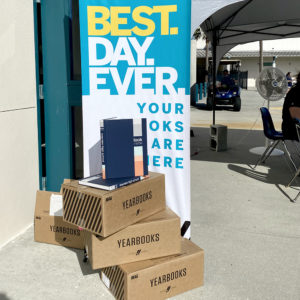

Shelley Hunsucker // Riverview HS, Riverview, FL
I was so nervous about the drive-thru distribution, for so many reasons — not having my yearbook kids, distributing 700 books, what if it rained? — there were so many variables and so many what-ifs. It basically came down to this: we have to do it, so how are we going to do this in the most efficient way but still enjoy the process? Here are a few things we came up with that helped with the efficient process:
First things first:
Get a good group of people to help you! Choose people who are enthusiastic and want to see the kids. It’s helpful if they also understand the yearbook distribution process is about making memories.
Pre-prep EVERYTHING! With so many books, I could not put every kid’s name on each individual book (that’s insanity), so instead, I printed three copies of the distribution list and put them on clipboards, made car signs, inventoried my supplements, organized my name plates, ordered distribution banners from HJ, made sure admin knew I needed a table, tent, cones, etc. I ordered lunch for my volunteers and got the word out (all text, all call, social media).
The process:
- We did seniors in the morning and underclass in the afternoon. We decided we’d rather get it done in one day since we were already out there and set up. We planned an hour break for ourselves to have lunch and to get a reprieve from the sun.
- We set up a car line. Three volunteers had the distribution lists and went down the car line checking IDs and double-checking what items were bought. We had instructed students/parents to write their name on a piece of paper and place on the dashboard. Once the ID was checked, the volunteers placed a slip of paper that had a pre-printed product type on the windshield (YBK ONLY, YBK+NP, YBK+ALL) and the car moved to the tent. (NP = name plate)
- At the tent, all product was ready for distribution. On a table, we had a large stack of books, World Yearbooks, autograph supplements and name plates (that had been organized and placed on a sticky note with names on the top and put in a box). The car moved forward, we took the car sign off the windshield and gave them the items noted. If they ordered a name plate, we knew what to look for because their name was displayed on their dash.
- Later that night, I combined the lists into one so I could see who had not picked up their book and to verify numbers.
What went well:
The process itself went so well! Even when there was a longer line, it moved quickly and efficiently. Everyone seemed happy and got one-on-one time with the teacher/volunteers. If there was a question or an issue, the car could pull farther up not blocking the rest of the line so I could deal with whatever was going on and the line could continue. We got almost all 700 books distributed in that one day!
What I would have fixed:
The volunteers, who I was (and am) so thankful for, don’t know the product and process like our kids do! They don’t seem to understand the stress of numbers as well as our kids do (probably because our staff works on that book all year!) I would have liked to had more time to really explain the importance of accurately checking the lists. I also would stress the importance of having a computer and your receipt book to double-check sales. As always, people will show up and say they purchased but there is no record. Finally, administrative support was critically important.
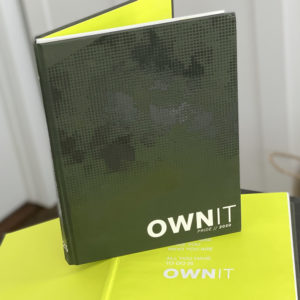
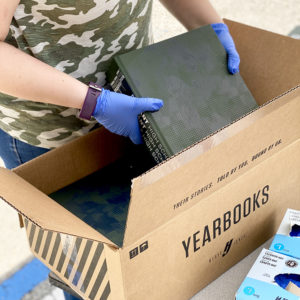
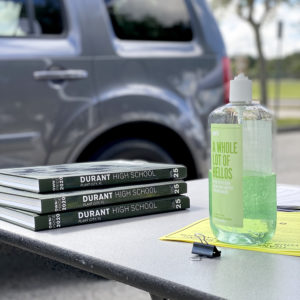
Madeline Stone // Durant HS, Plant City, FL
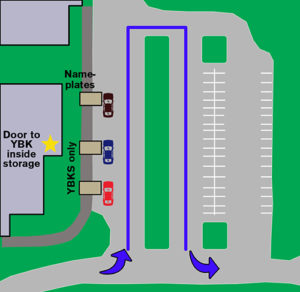
First things first:
I have two big tips for distribution. First, a simple list format. Some advisers print so much extra when a simple list of names, grades and orders is all they really need. Secondly, I made a little graphic for my principal to explain (via email) how our distribution would work. A little extra, but visuals help.
Divide and Conquer:
Think of a fast food restaurant’s drive-thru. The most successful ones have multiple areas to distribute food. It allows those who want fresh fries to wait out of the way, while others who are just getting a drink to move on quickly with their day. Now apply it to a yearbook: break up your extra accessories and book distribution. I had two tables dedicated to just books. Parents/students would drive up, give their name and ID number, and my teacher helper would pass off the book and sign that it was received. If a student only had a book, they would drive happily off into the sunset.
If the student had any extras, they would be told what accessories they were and to drive up to the accessory table. We invested in yard signs (thank you, Amazon Prime) and clearly labeled each of our tables. Our accessory table helper not only had the name plates sorted alphabetically in front of them and books already wrapped in dust jackets, they also had a list of the students receiving extras to mark off that they were picked up. This could work with name-stamped books as well — keep those sorted alphabetically and away from the traffic of books without accessories.
Pro tip: Be sure to double check your personalizations before the big day. When a student ordered “Princess Pancake,” that’s cute, but if your helper doesn’t know who that student is, it can get frustrating. Write out the student’s full name on a sticky note and tape it to the name plate.
Communicate:
Thanks to our principal and a nifty program our district invests in, we can communicate with all students and parents directly. This system allows our administration to send out messages via email, text and phone by just using a student ID number. Before the big day, I sent my principal my eBusiness Excel document of buyers, and he sent out a message to those students and their parents about distribution.
After distribution day one, I sat down and deleted the students who picked up their books, and I sent him a new file with the remaining students. He sent out another message that day.
Don’t have a fancy system? Yes, you do. Use the Send and Sell feature in eDesign. Just make sure to change the header to “We’re in this Together” and write your message to include distribution details. In the recipient’s section, select to send to only those who bought a book. Done.
Final thoughts:
I think the only problem that I’ve had with distribution so far is not having an official cut-off date. I still have about 42 books that parents/students haven’t claimed. If I had an absolute last day from the beginning, I think it would have motivated people to come out earlier. Live and learn. (NOTE: Some schools also list a cut-off date from the start and reserve the right to sell books not picked up by the stated date. Other advisers may provide guidance for picking up books at the start of the next school year.)

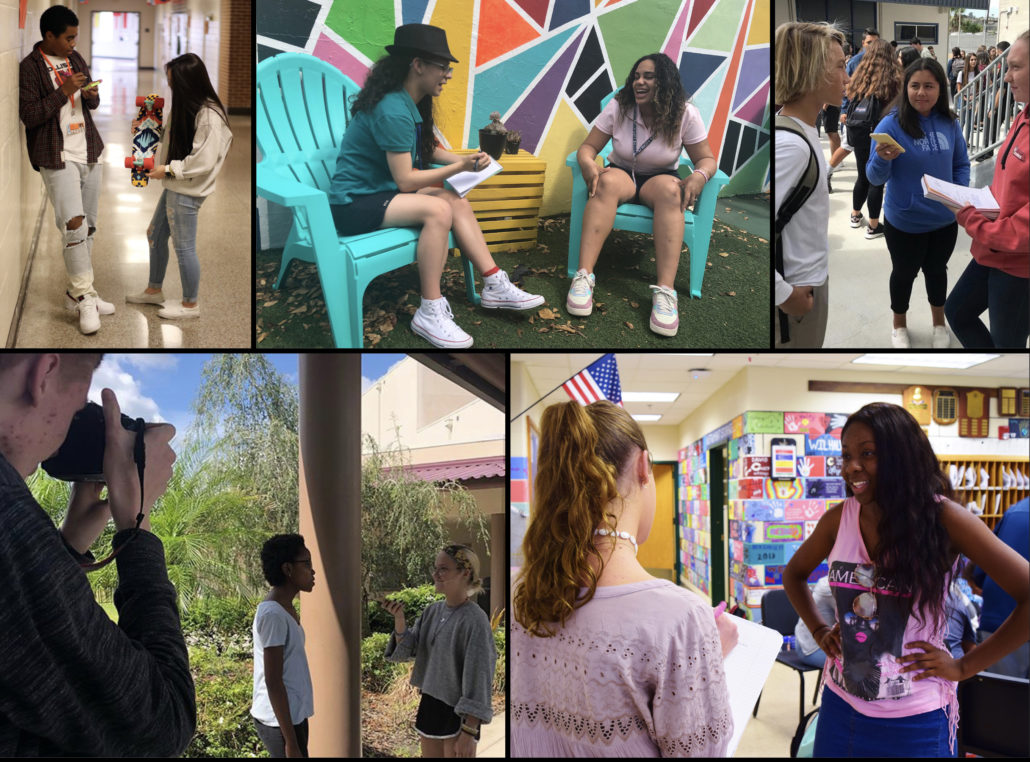
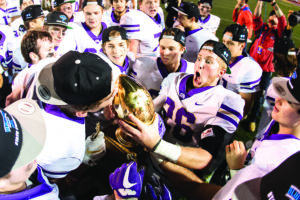
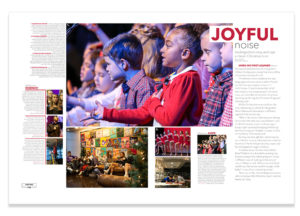
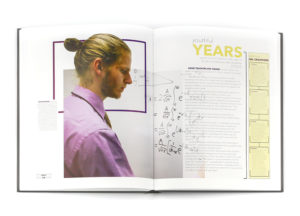
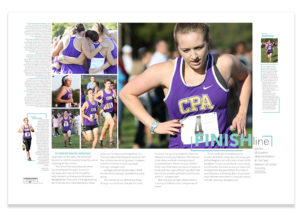
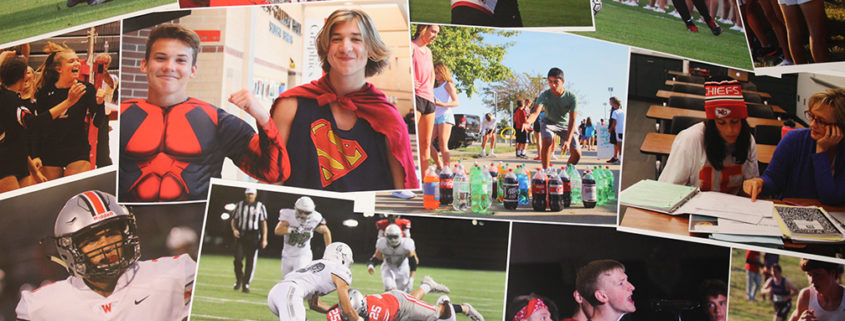
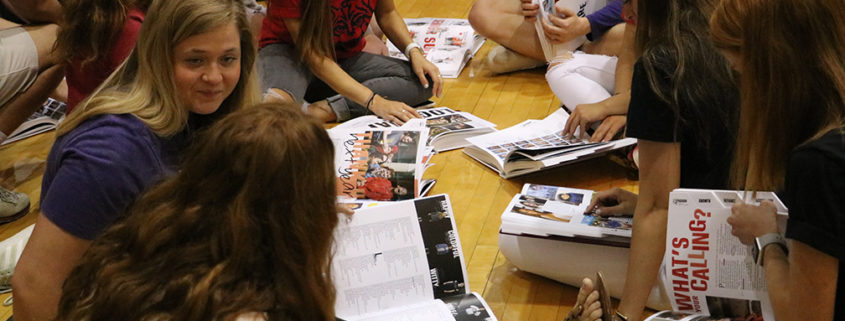
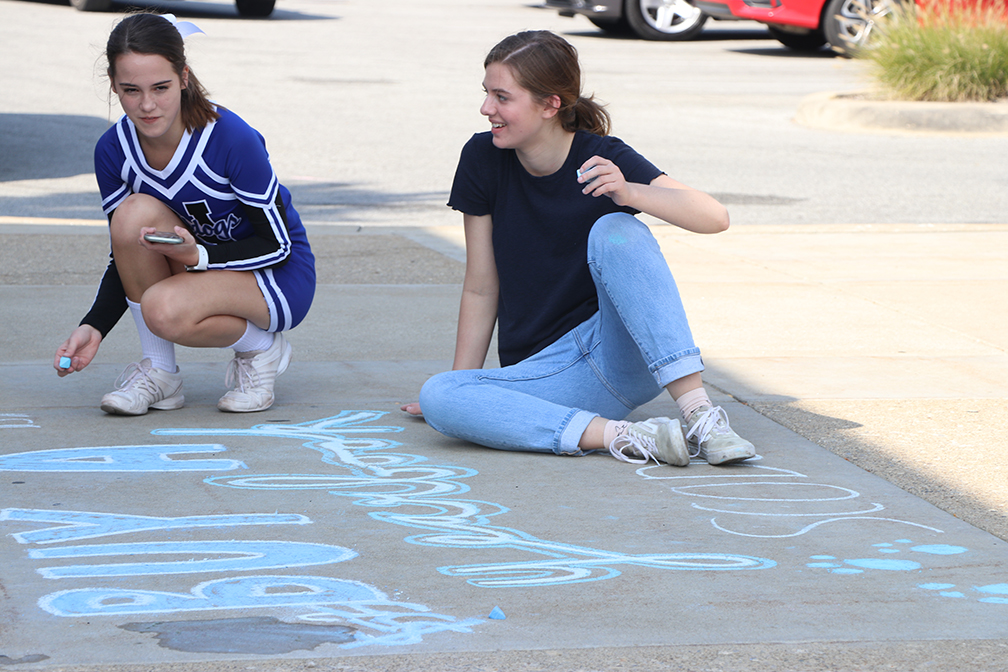
 Cinco Ranch High School. Or his junior, or sophomore or freshman year. He can’t really remember why. He was still interviewed for his senior yearbook and even made a video, “My Life Through Yearbooks,” (above) which has more than 19,000 views on YouTube…
Cinco Ranch High School. Or his junior, or sophomore or freshman year. He can’t really remember why. He was still interviewed for his senior yearbook and even made a video, “My Life Through Yearbooks,” (above) which has more than 19,000 views on YouTube…